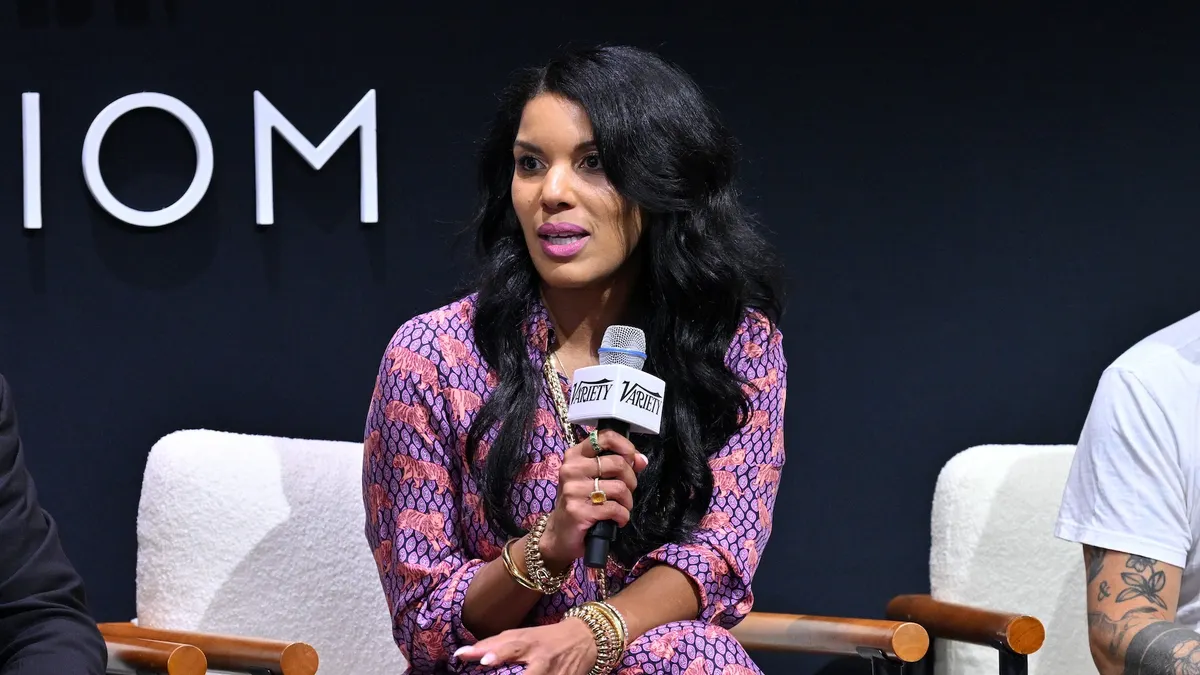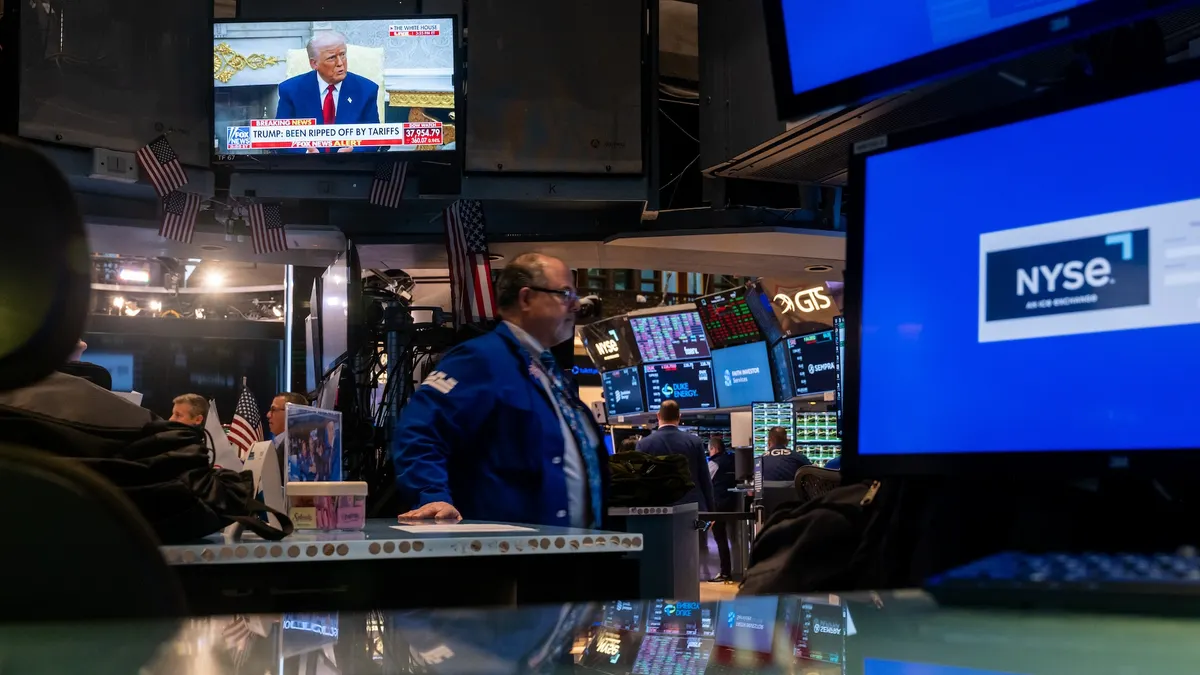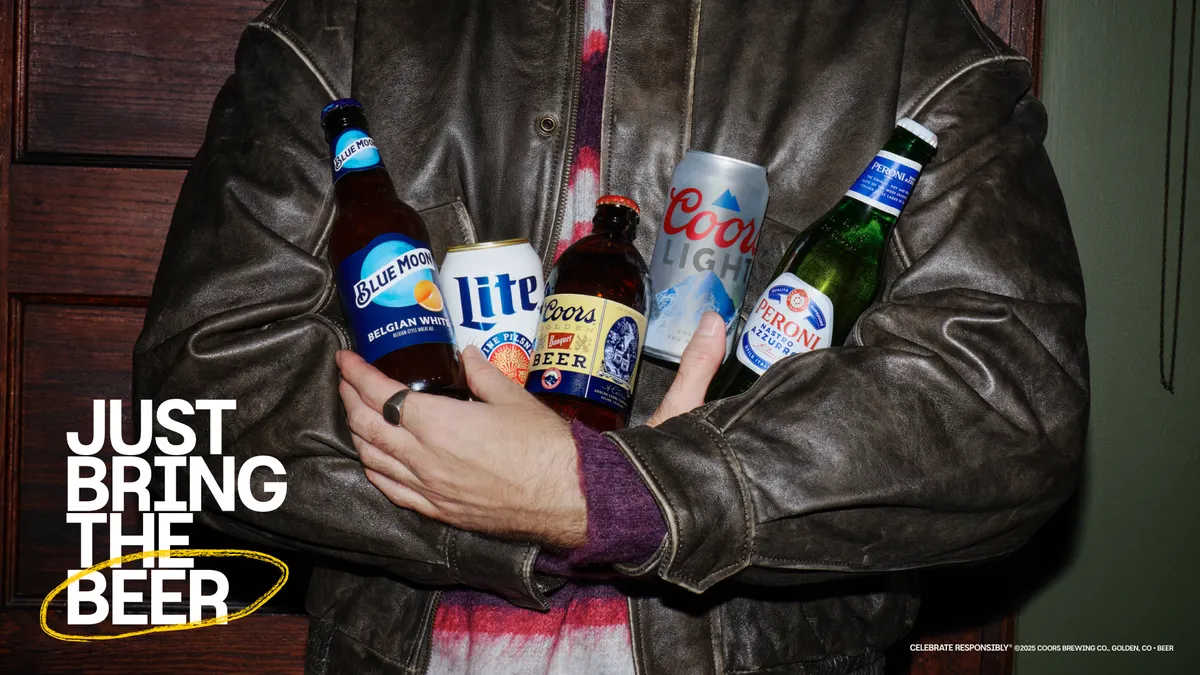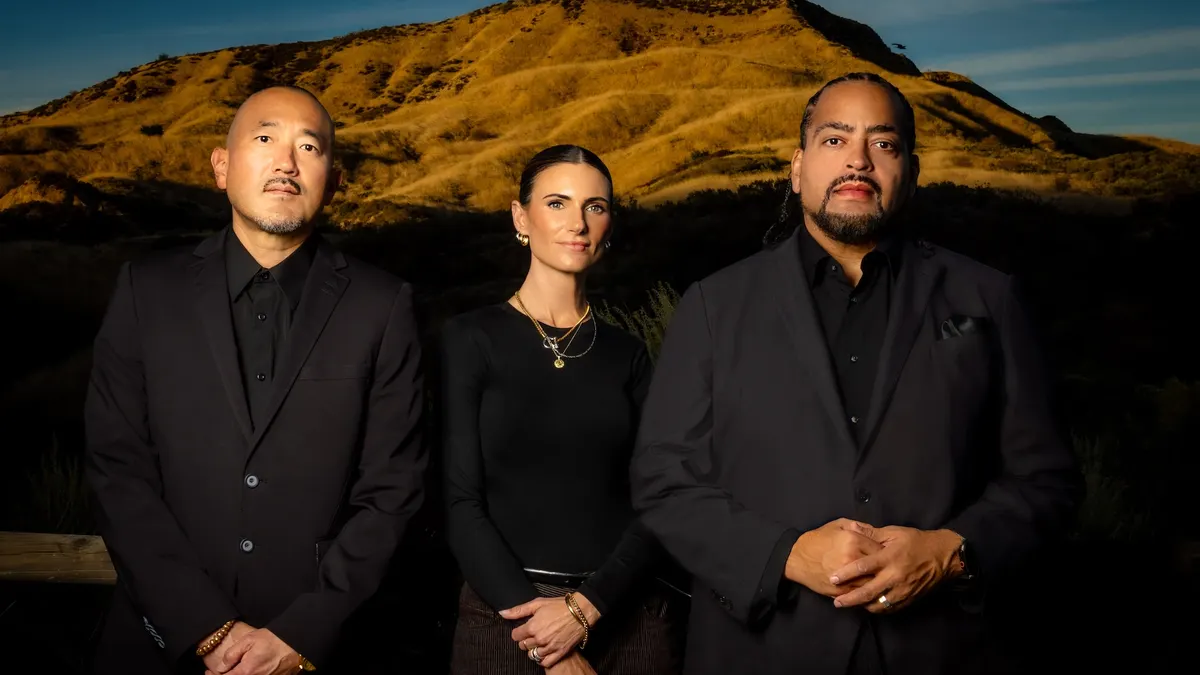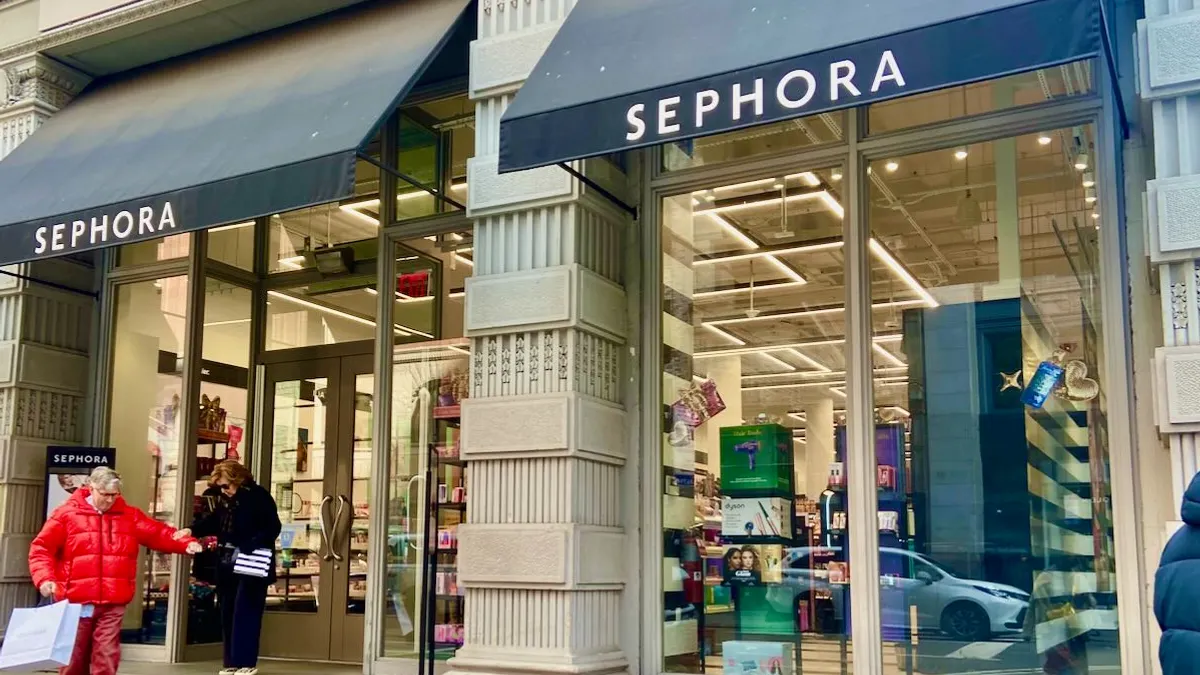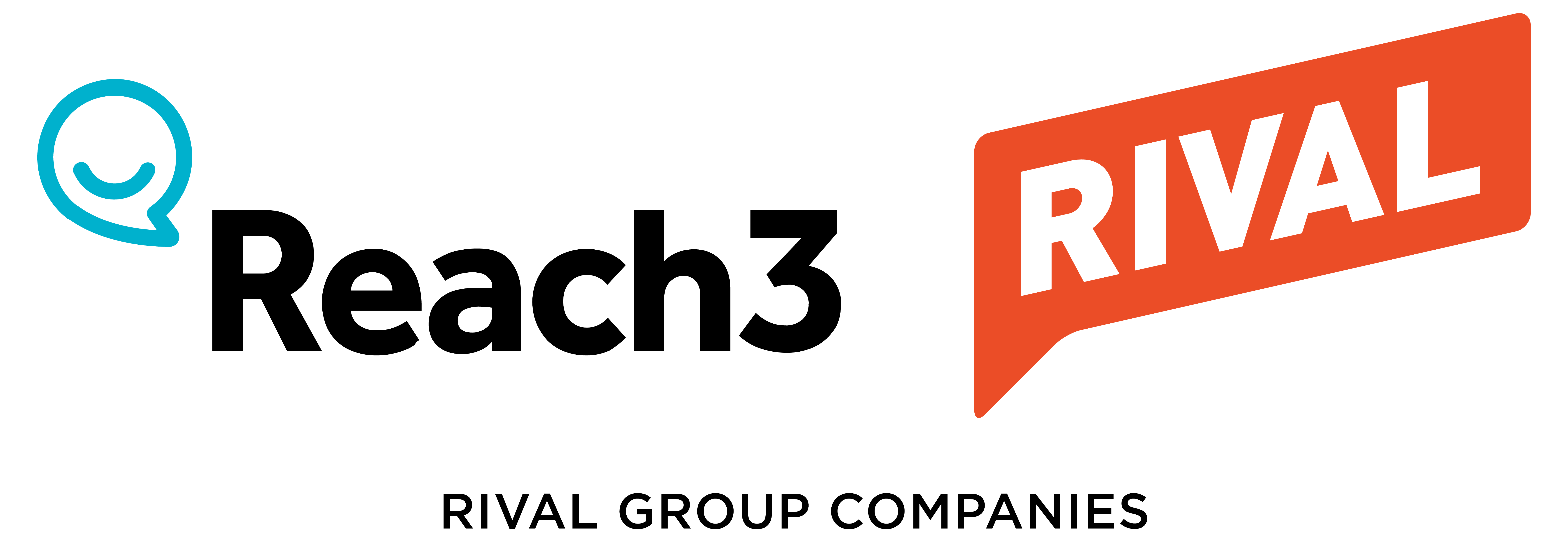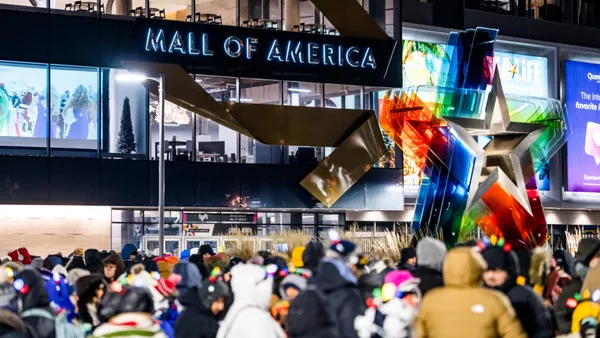It’s been nearly three years since the launch of OpenAI’s ChatGPT upended the worlds of advertising, media and myriad facets of the global economy. The door to an artificial intelligence-powered future has been unlocked, and savvy marketers are already walking through it at various stages of campaign creation, deployment and measurement. For Colgate-Palmolive personal care brand Hello Products, AI is an “amplifier” of its marketing, according to CEO Diana Haussling.
“The origin stories of most things are still human, but leveraging AI allows you to do things quicker, much faster, with much more precision, and allows your team to focus on the work of thinking and being really strategic. Our teams have fully embraced it,” Haussling said during a panel at Variety’s Future of Brand Summit on Oct. 7.
Hello also benefits from its parent company’s AI initiatives, leveraging the tech in everything from supply chain efficiencies to innovation. The brand’s marketing team uses a proprietary AI tool that allows it to synthesize data from hundreds of thousands of different resources to find unmet human needs, surfacing insights that would otherwise be missed.
“Because we’re so close to it, sometimes it’s hard to find those things that are actually the game-changing nuances or nuggets that consumers want,” Haussling said. “It’s forcing us to not just think about emotion, but also how we work to not just make sure our products delight consumers, but actually get in front of consumers.”
Agencies — whether oriented around creative or data — are also using AI in a similar fashion. Interpublic Group shop FCB is helping creatives get closer to the ideas at the heart of campaigns, speeding up the process and getting work to clients faster, explained FCB Global Chief Creative Officer Andrés Ordóñez.
“AI without creativity, it’s just an empty prompt,” Ordóñez said during the panel. “With great creativity, it’s an incredible machine.”
Meanwhile, Acxiom — the heart of IPG’s data-powered Kinesso arm — has embedded AI in its processes, allowing its employees to work closer with creative shops like FCB.
“Typically, we would sit very far apart in terms of the kinds of clients we work with and the kinds of work that we do, but now creative and technology [are] working hand in glove, and I find that really exciting,” said Jarrod Martin, the CEO of both Acxiom and Kinesso.
Use cases come into focus
At Advertising Week New York and events like the Future of Brand Summit (which was presented by Acxiom), marketers were hungry for real-world use cases of AI. Some panelists were eager to serve them.
Hello has used AI for animatics, helping it streamline a process that can be expensive and unwieldy as it looks to winnow down creative concepts into winning ideas. That is especially important as the brand works to appeal to broader audiences, and has sometimes resulted in having multiple campaigns within a broader framework.
“The generational divides have really driven different types of language,” Haussling said, noting the 6-7 meme that currently dominates Gen Alpha speech. “You really have to be able to understand not just how you communicate, but what’s going to resonate with which audience.”
FCB has used AI to build synthetic audiences to judge creative and help iterate ideas faster: 10,000 members of a synthetic audience are easier to manage — and perhaps more accurate — than a focus group of 10 whose opinions are extrapolated to apply to hundreds of thousands of consumers.
Meanwhile, Acxiom deploys tools around the world through its AI Console product, allowing employees to use best-in-class AI models to write press releases, sense-check media plans, create images and video, and more. The company has built out a fleet of AI agents that represent different agency functions — planning, buying, creative — and uses so-called “reflector” agents to essentially check the other agent’s work. Working with a major sports league, Acxiom was able to fine-tune five audience personas, helping generate a 23% uplift over creative that was generated without AI.
“I’d love it if we could lean more into effectiveness stories and not just efficiency stories when we’re thinking about AI, because reinventing our processes, trying to create incrementality, is really where the benefit is,” Martin said.
Hearts and minds
Despite the rise of AI, marketing remains a balancing act of art and science, where marketers must rely on both their hearts and minds. This remains especially true as “moving at the speed of culture” becomes a cliched strategy throughout adland and brands look to get ahead of trends.
“You still have to have a gut, you still have to have critical thinking skills and you still have to develop the ability to say, the algorithm or the data says this, but I also know X, Y and Z from history and experience, which is going to guide the direction,” Haussling said.
The balance of human and artificial intelligence will become even more important as AI continues to affect consumers’ lives. Brands leveraging the same AI models will not be able to break through, but the ones that pivot to something different might. There is unlikely to be one AI-powered marketing playbook that applies to every brand. Instead, every marketer will need to understand its brand’s environment and audience, and then leverage technology.
“As more and more things start to become AI-driven and algorithm-driven, consumers are going to be looking for human interaction. So as brands, how do you balance the need for things that are artificial intelligence, while also creating real, live human experiences and merging the two? Because it’s not a binary solution,” Haussling said.


